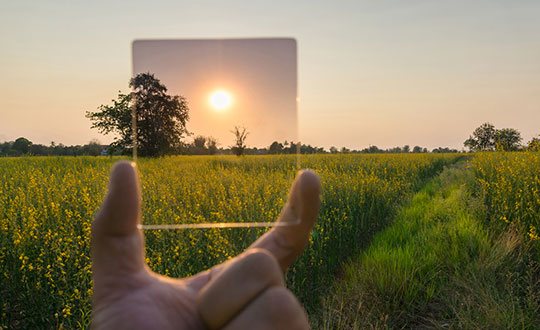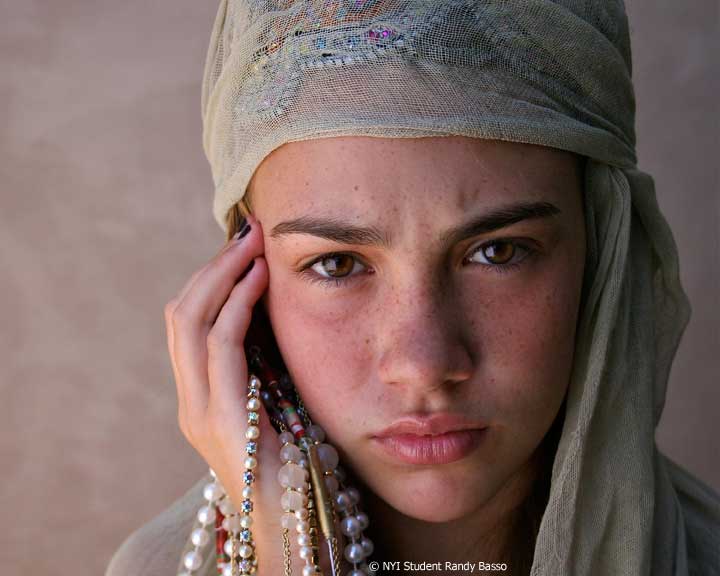
One interesting development of this first decade of the 21st Century has been the convergence of still photography and video. There are lots of digital cameras, both point-and-shoot models and digital SLRs, that are capable of making video images, many of them recording in various high-definition formats. There are also some video cameras that are capable of recording images that can be used as decent still photographs as well. The Red One is an example of a high-end camera that can perform both functions in the professional world. Canon, Nikon, and other SLR manufacturers aren't far behind.
It's not just the cameras that are merging still photography and video. More and more, working professional photographers are being asked to bring back both still and video images to the newspaper, television or radio station, or blog for which they work. In today's online world, all media companies tend to produce words, pictures, audio and video, and this takes place against a backdrop of increasing competition and decreasing budgets for production of content. It's a challenging time in the world of media, but also a time when the creative possibilities are greater than ever.
At NYI, we've used video as a teaching medium for our photography courses for a long time, and we've recently added a two-part Video Handbook to our Complete Course in Professional Photography, to make sure that today's photographers learn the basic elements of video production as part of their photography training.
 Recently, NYIP Student Advisor Chris Corradino and Web Developer/Media Specialist Alex Baker decided to create a new type of NYIP video, our On Location series. For this series, we're using another interesting new camera, the tiny Flip camcorder, which is so small it doesn't intimidate subjects. We created an entire series of interviews at New York's PhotoPlus Expo this past autumn, using the Flip and a Zoom H2 digital recorder, made by Samson. Video production has never been easier or less expensive.
Recently, NYIP Student Advisor Chris Corradino and Web Developer/Media Specialist Alex Baker decided to create a new type of NYIP video, our On Location series. For this series, we're using another interesting new camera, the tiny Flip camcorder, which is so small it doesn't intimidate subjects. We created an entire series of interviews at New York's PhotoPlus Expo this past autumn, using the Flip and a Zoom H2 digital recorder, made by Samson. Video production has never been easier or less expensive.
Every fall, when the United Nations General Assembly convenes just two blocks from NYIP World Headquarters, the streets vibrate with delegates, heads of state, security staff from dozens of countries, and lots of protestors. Chris and Alex decided to take to the streets as well, and in this NYIP On Location segment, Chris shows us how to photograph a demonstration and then create a photo essay with a soundtrack that he gathered at the same time using the Zoom H2.
One important thing to bear in mind: As a photojournalist, it's your job to record what is going on around you, but not to interject your own viewpoint. Whether the individual recording the scene is fervently for or against the point of view of the demonstrators (or doesn't care in the slightest), is not relevant. Professional journalistic practice is to record what is taking place, without comment or interaction.

We hope you enjoy this first field installment of NYIP On Location. Please send comments, suggestions or questions to This email address is being protected from spambots. You need JavaScript enabled to view it..






